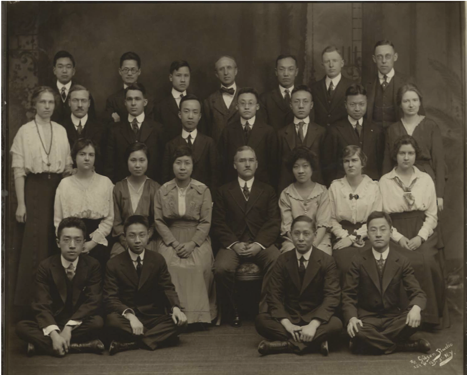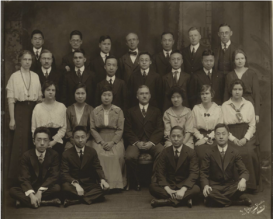China has become a major contributor to the world’s science today, with the largest number of qualified scientific publications in the world, a centralized government willing to sponsor the development of science, and world-class pioneering scientists in various disciplines. Where did this scientific power emerge from historically and how did this history connect with the rest of the world? Chengji Xing's research project suggests that the Sino-American intellectual exchange network developed since the early twentieth century is the key to the scientific establishment in modern China. In the first half of the twentieth century, leading American intellectuals such as Teachers College’s educational scholar Paul Monroe and Columbia University’s prominent philosopher of pragmatism John Dewey frequently communicated with Chinese intellectuals, some of whom used to be their former students in the United States. Such exchanges of knowledge and ideas across the Pacific ultimately influenced Chinese choices in shaping modern scientific education and research, and the impact was generated primarily through the China Foundation (drawn from the second American remission of the Boxer Indemnity Funds) which later served as a sponsor of China’s development of science. Through the story of the China Foundation, Chengji examines how the American intellectuals influenced the establishment of modern Chinese scientific education, and were in turn, influenced by their encounters with China. In telling the story of the China Foundation in the first half of the twentieth century, part of my intervention is to shift the predominant narrative of the progressive era US intellectual history from “Atlantic Crossings” to an equally dense and mutually constitutive set of exchanges of knowledge, ideas, and practices across the Pacific.

The Chinese students at Columbia and Teachers College, many of whom later became involved in the China Foundation; the American sat in the middle was Paul Monroe, a core figure in the China Foundation.
Portrait of Paul Monroe sitting surrounded by his students at Teachers College. Paul Monroe, Chinese Photos, Box 4, large portrait, Teachers College Archive, Special Collections.

